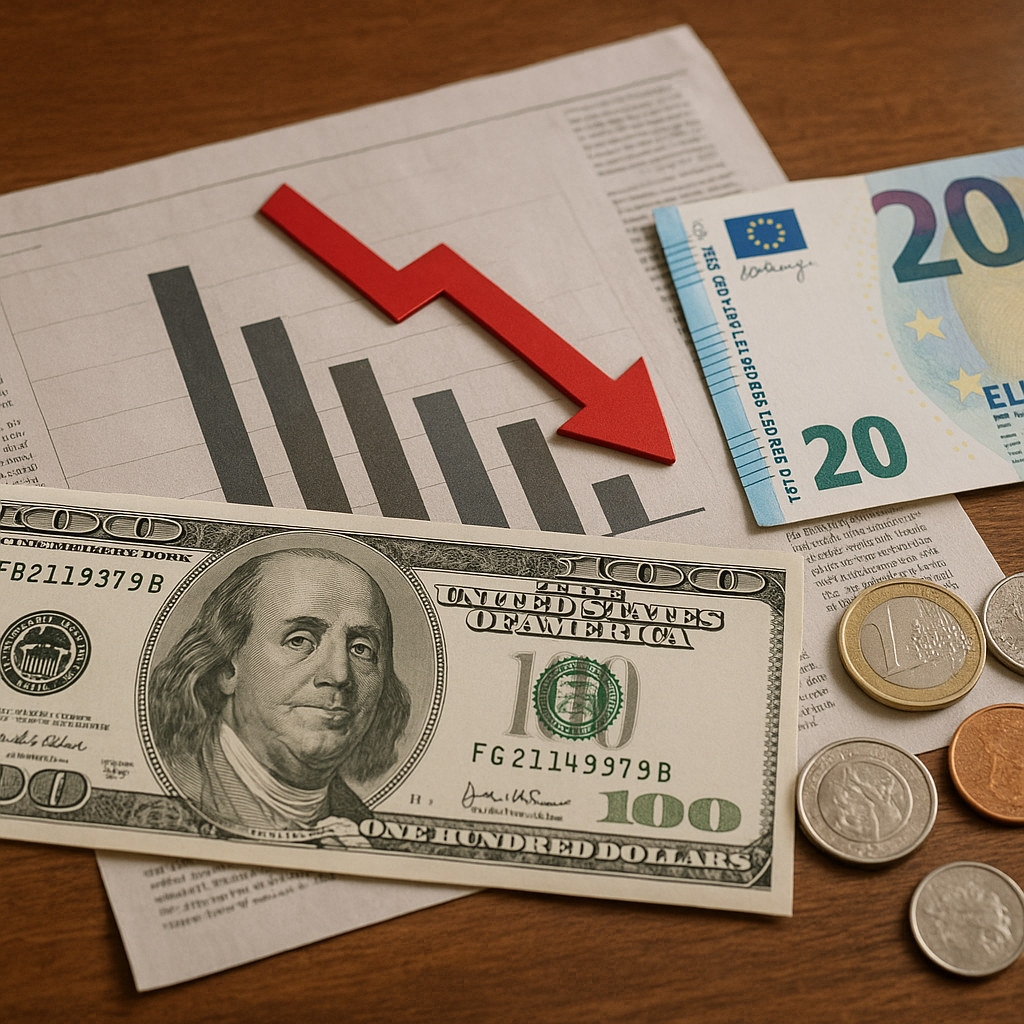In the realm of currency investing, synthetic currency pairs offer a unique and often overlooked opportunity for traders. These pairs, which are not directly quoted on the forex market, are created by combining two or more standard currency pairs. Understanding how synthetic currency pairs work and how to trade them can provide investors with additional strategies to diversify their portfolios and potentially increase their returns.
Understanding Synthetic Currency Pairs
Synthetic currency pairs are essentially custom-made currency pairs that are not available as standard offerings on the forex market. They are created by combining two or more existing currency pairs to form a new pair. For example, if a trader wants to create a synthetic pair for EUR/GBP, they might combine EUR/USD and GBP/USD. By doing so, they can effectively trade the EUR/GBP pair without it being directly quoted.
How Synthetic Currency Pairs Are Formed
To form a synthetic currency pair, traders need to understand the relationship between the base and quote currencies in the pairs they are combining. The process involves either buying or selling the appropriate amounts of the standard pairs to achieve the desired synthetic pair. Here’s a step-by-step guide:
- Identify the desired synthetic pair: Determine which synthetic pair you want to trade, such as EUR/GBP.
- Select the standard pairs: Choose the standard currency pairs that will be used to create the synthetic pair. For EUR/GBP, you might select EUR/USD and GBP/USD.
- Calculate the position sizes: Determine the appropriate position sizes for each standard pair to achieve the desired exposure to the synthetic pair. This often involves using a ratio that reflects the relative values of the currencies involved.
- Execute the trades: Place the necessary buy and sell orders for the standard pairs to create the synthetic pair. In the case of EUR/GBP, you would buy EUR/USD and sell GBP/USD.
Advantages of Trading Synthetic Currency Pairs
Trading synthetic currency pairs offers several advantages:
- Increased flexibility: Synthetic pairs allow traders to create custom pairs that may not be available as standard offerings, providing more trading opportunities.
- Arbitrage opportunities: By creating synthetic pairs, traders can exploit price discrepancies between different currency pairs, potentially profiting from arbitrage.
- Hedging strategies: Synthetic pairs can be used to hedge against currency risk, allowing traders to manage their exposure more effectively.
How to Trade Synthetic Currency Pairs
Trading synthetic currency pairs requires a solid understanding of forex trading principles and the ability to execute complex trades. Here are some key steps to follow:
Step 1: Research and Analysis
Before trading synthetic currency pairs, conduct thorough research and analysis. This includes:
- Market analysis: Study the forex market to identify potential opportunities for synthetic pairs. Look for trends, price patterns, and economic indicators that may impact currency values.
- Technical analysis: Use technical analysis tools, such as charts and indicators, to analyze price movements and identify potential entry and exit points for your trades.
- Fundamental analysis: Consider the economic and political factors that may influence currency values. This includes interest rates, inflation, and geopolitical events.
Step 2: Develop a Trading Plan
Having a well-defined trading plan is crucial for success. Your plan should include:
- Trading goals: Define your short-term and long-term trading goals, such as profit targets and risk tolerance.
- Risk management: Establish risk management strategies, including stop-loss and take-profit orders, to protect your capital.
- Position sizing: Determine the appropriate position sizes for your trades based on your risk tolerance and account size.
Step 3: Execute the Trades
Once you have conducted your research and developed a trading plan, it’s time to execute your trades. Follow these steps:
- Place the orders: Enter the necessary buy and sell orders for the standard currency pairs to create the synthetic pair. Ensure that the position sizes are correctly calculated to achieve the desired exposure.
- Monitor the trades: Keep a close eye on your trades and the market conditions. Be prepared to adjust your positions if necessary to manage risk and maximize profits.
- Close the trades: When your profit targets or stop-loss levels are reached, close the trades to lock in your gains or limit your losses.
Step 4: Review and Adjust
After completing your trades, take the time to review your performance and make any necessary adjustments to your trading plan. This includes:
- Performance analysis: Evaluate the success of your trades and identify any areas for improvement.
- Strategy refinement: Adjust your trading strategies based on your performance analysis and any changes in market conditions.
- Continuous learning: Stay informed about the latest developments in the forex market and continue to refine your skills and knowledge.
Conclusion
Synthetic currency pairs offer a unique and flexible way to trade the forex market. By understanding how these pairs are formed and developing a solid trading plan, investors can take advantage of the opportunities they present. Whether you are looking to diversify your portfolio, exploit arbitrage opportunities, or hedge against currency risk, synthetic currency pairs can be a valuable addition to your trading toolkit. As with any investment strategy, it is essential to conduct thorough research, manage risk effectively, and continuously refine your approach to achieve long-term success.




